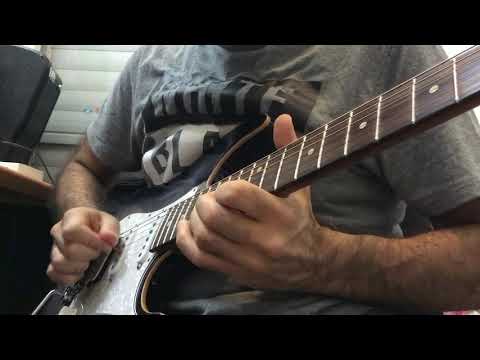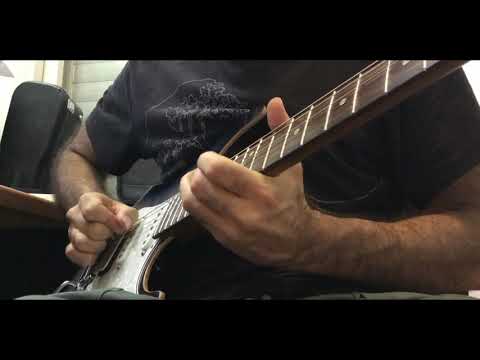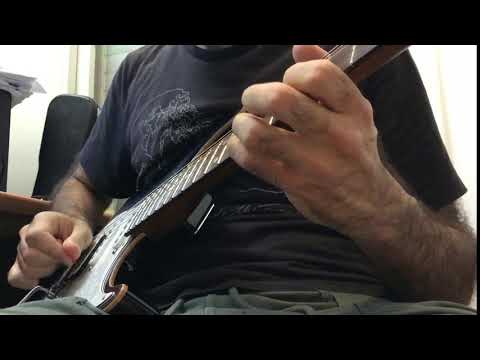Hi Nir, thanks for posting. Sounding great so far. In general, to clean this up what you want to figure out is what mistakes, if any, are actually happening. In other words, are these picking errors, fretting errors, synchronization errors, etc.
To do that you could place the camera a little closer so that you can see the actual pick/string interaction so you can see if the pick is actually playing the notes and strings you want, or different strings / additional strings. I see you’ve filmed in 60p which is good, does your phone have a 120p mode? If so, use that one. If not, no problem, just use the 60p bet get in closer. This filming angle / framing is good, just the distance is the main issue.
I think the first clip sounds pretty good so far so I’d expect to see that at least a good portion of this is happening as you intend. I think on some of these repetitions you may be changing your form on the descending side to be less of a double escape pickstroke and more of a single escape / DSX motion, so that only the downstrokes escape. So the upstrokes may be hitting more than one string. Again, a closer camera will tell you if that’s really happening. If it is, and if the ascending repetitions look good, then I’d just make sure to keep the same form descending that you use for ascending.
Similar approach with the second clip, the three-string arpeggios. That one I can’t really tell if you’re picking all the notes. I think you might be using some legato there maybe without realizing it. If so, the closer camera will show you what you need to know.
Once you know what’s going on, you can try finding the parts that are working really well, which look the most clean, and making a small repeating etude out of those. Then you can try that at different speeds and film it to make sure it looks really clean and the form is consistent at all speeds. This helps make the “good” technique useful across as wide an array of fretting and picking patterns as possible.
Then do the same thing for the parts which look a little more problematic. Take just the section of one of this where you see a consistent mistake and try to make a little repeating lick or etude out of that. You may be able to fix it by feel but if you’re still not sure just do the closeup filming again to see what’s going on.
That’s basically the process. Etudes for the good things which are working, etudes for the things which may have some kind of mistake, trying lots of variations at lots of speeds to see if you can make the motion consistent and the results smooth and error-free. Use the camera to confirm when that is really happening.
So in the end you don’t really fix “Crossroads”, per se, you fix the technique in general, and then make sure to learn all the different picking patterns it is made of, on a wide array of other phrases that you create or find, and hopefully as you do this the Crossroads piece will become cleaner over time.
It’s work, for sure. I think of this as the “long tail” of the process because it takes time to find all these little mechanical patterns and create musical phrases / etudes with them, and get them all smoothed out.





